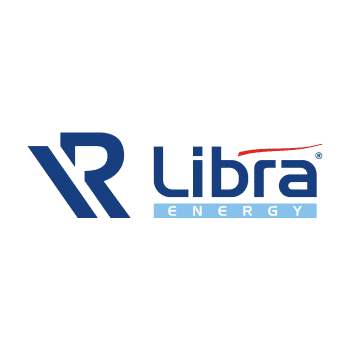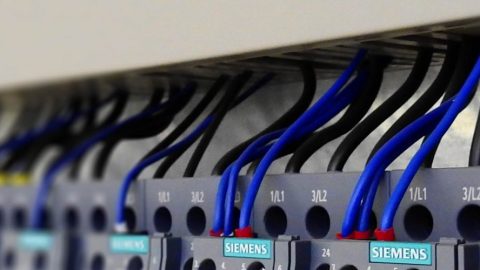Which earth-leakage circuit breaker should I install?
The earth-leakage circuit breaker is intended to protect people from electric shock. When installing solar panels, it is advisable to fit a separate earth-leakage circuit breaker (ELCB). In most of the more recent systems, all groups are behind an earth-leakage circuit breaker. A separate earth-leakage circuit breaker is tripped when there is a problem with the inverter, although this does not affect the other groups.
When you connect to an existing group and there is a problem, then all the groups will be switched off. They can only be switched back on after the earth leakage issue has been fixed. This can be a nuisance, for instance if the central heating boiler is switched off and there is no longer any heating.
For residential systems, a 30mA type B ELCB is recommended. For larger (non-residential) systems with three-phase inverters, a 300mA type B ELCB is recommended.
Remember that there is already an earth-leakage circuit breaker function built into the inverter. If the value of the DC leakage current is too high, the inverter will cut out.
Besides protecting the inverter, an external earth-leakage circuit breaker will also protect the cables and prevent potentially hazardous situations.

